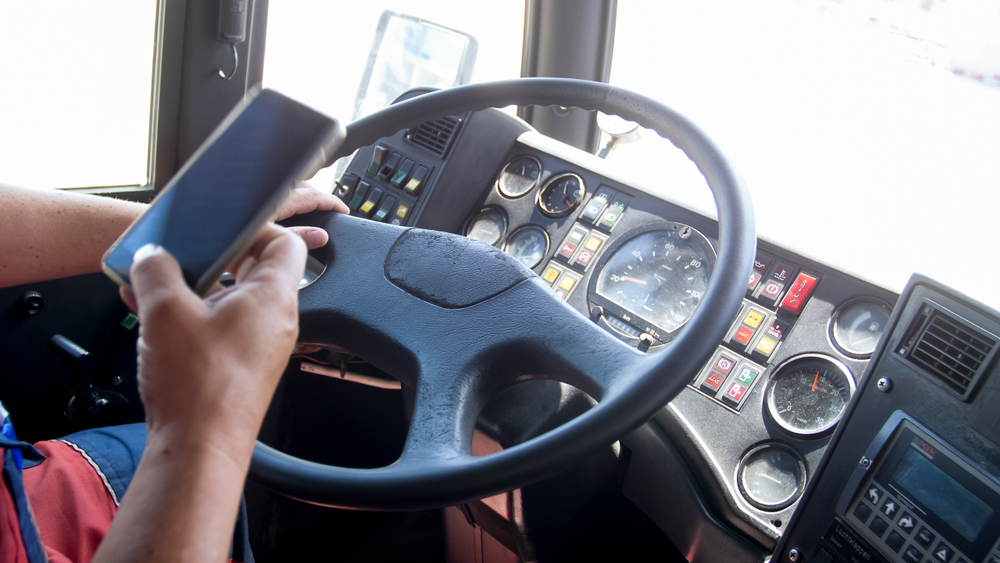
April is Distracted Driving Awareness Month: What You Need to Know to Keep You and Others Safe
Despite traffic decreasing during COVID-19, the roads have only gotten more dangerous.
- By Shereen Hashem
- Apr 05, 2021
On a typical day, more than 700 people are injured in distracted driving crashes. This usually means talking on the cell phone, texting or programming a vehicle. It diverts your attention away from being completely aware of your surroundings.
This doesn’t just include a car driving up and down the roads and highways. This could also include a forklift, for example, being used on site for workers. Employees are also driving to work every day and headed back after a possible long shift. Attentive driving is extremely important.
The National Safety Council (NSC) says drivers don’t take distraction seriously enough. More than 2,800 people in the U.S. died in distraction-related crashes in 2018 alone, according to a fact sheet. The same year, 276,000 people were injured in distraction-related crashes. Drivers should be aware of the three major types of distractions while driving: manual, visual and cognitive (mind).
Drivers often don’t realize they’re cognitively distracted. This happens when your eyes, hands and mind aren’t focused on the task in front of you. In this case, it may cause injuries or even death. A recommendation from the NSC includes eliminating all forms of communication through the phone when driving, including talking on the phone through speaker.
The NSC is creating a guide throughout periods of the month for people to learn about distracted driving. This includes: PowerPoint presentations, posts on social media outlets, a Safety Talk and infographics. If you’d like to learn more about the program, click here.
About the Author
Shereen Hashem is the Associate Content Editor for Occupational Health & Safety magazine.